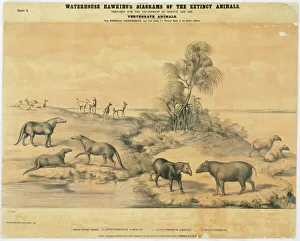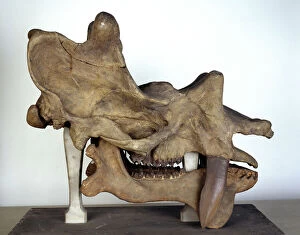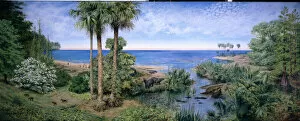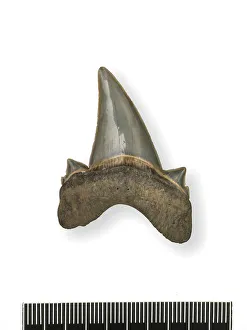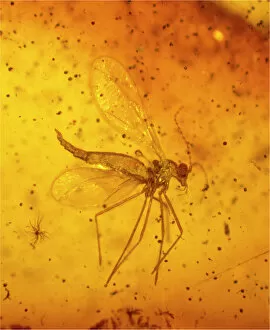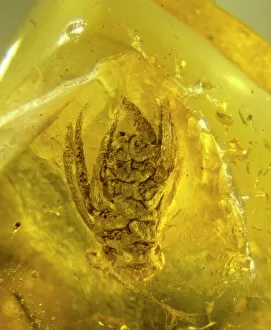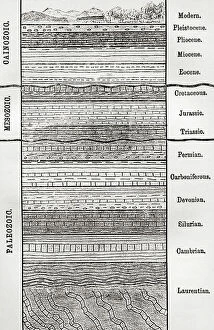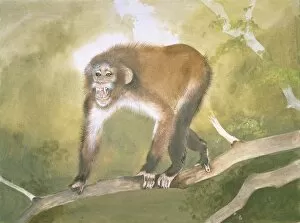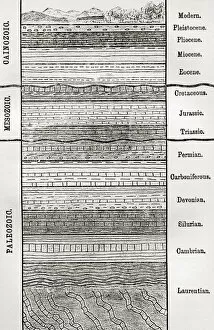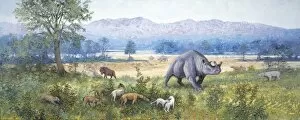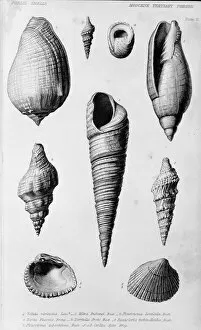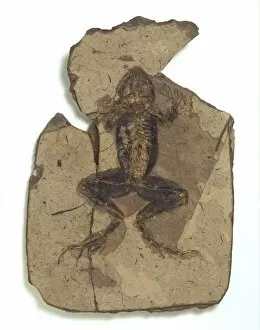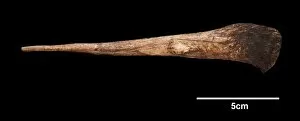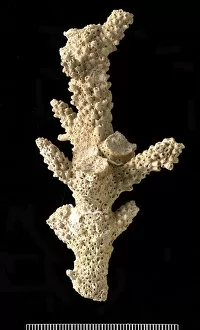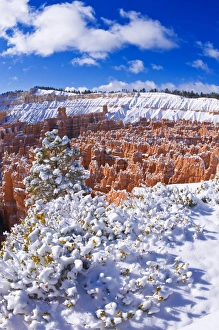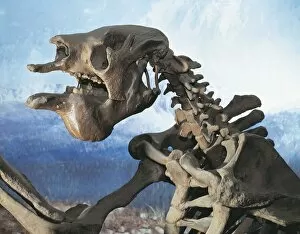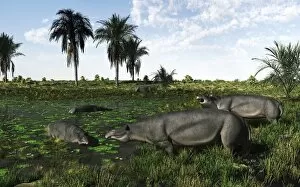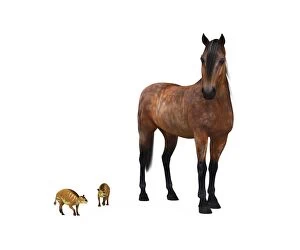Cenozoic Collection
The Cenozoic era, spanning from 66 million years ago to the present day, holds a treasure trove of fascinating fossils that provide glimpses into Earth's ancient past
All Professionally Made to Order for Quick Shipping
The Cenozoic era, spanning from 66 million years ago to the present day, holds a treasure trove of fascinating fossils that provide glimpses into Earth's ancient past. From the discovery of a mosquito trapped in Dominican amber to the remains of Proconsul africanus, an early ape-like creature, these remnants offer valuable insights into the evolution and diversity of life. Amongst the remarkable finds are Anoplotherium commune and gracile as well as Palaeotherium – prehistoric mammals that roamed Europe during this era. Their fossilized skeletons reveal their unique adaptations for survival in different environments. Meanwhile, a Uintatherium skull showcases the immense size and power possessed by some herbivorous mammals during this time. The Eocene London clay has preserved countless wonders within its layers. Tonguestone with lateral denticles provides evidence of ancient sharks' tooth structure while Megatherium, a giant ground sloth, reminds us of the incredible variety that once existed on our planet. Venturing further into Ghar Dalam cave in Malta's Birzebbuga region reveals hidden secrets like gall midges trapped in Baltic amber or Quercus leaves perfectly preserved for millions of years. These tiny specimens shed light on long-extinct ecosystems and help scientists piece together intricate ecological puzzles. One cannot overlook Andrewsarchus mongoliencis – an enormous carnivorous mammal whose skull cast offers clues about its predatory lifestyle. Additionally, Clypeaster altus presents itself as a fossil echinoid showcasing intriguing patterns etched onto its surface. As we delve deeper into studying these extraordinary fossils from the Cenozoic era, we unravel more mysteries surrounding our planet's history. Each discovery brings us closer to understanding how life evolved over millions of years and highlights nature's astonishing ability to adapt and thrive throughout changing times.



